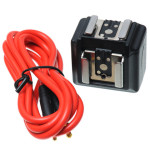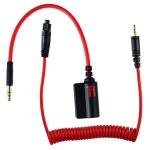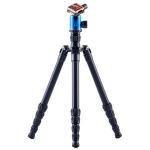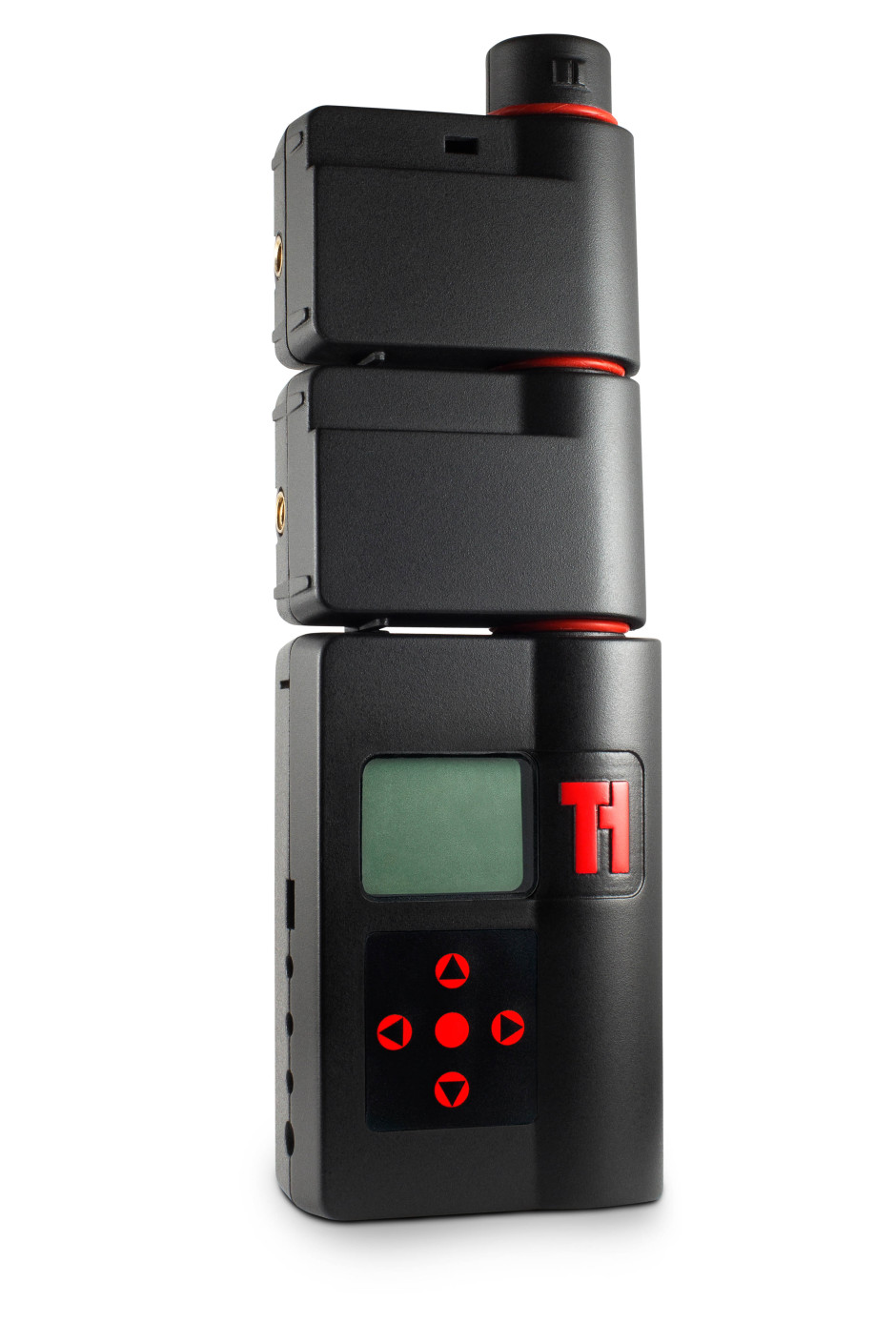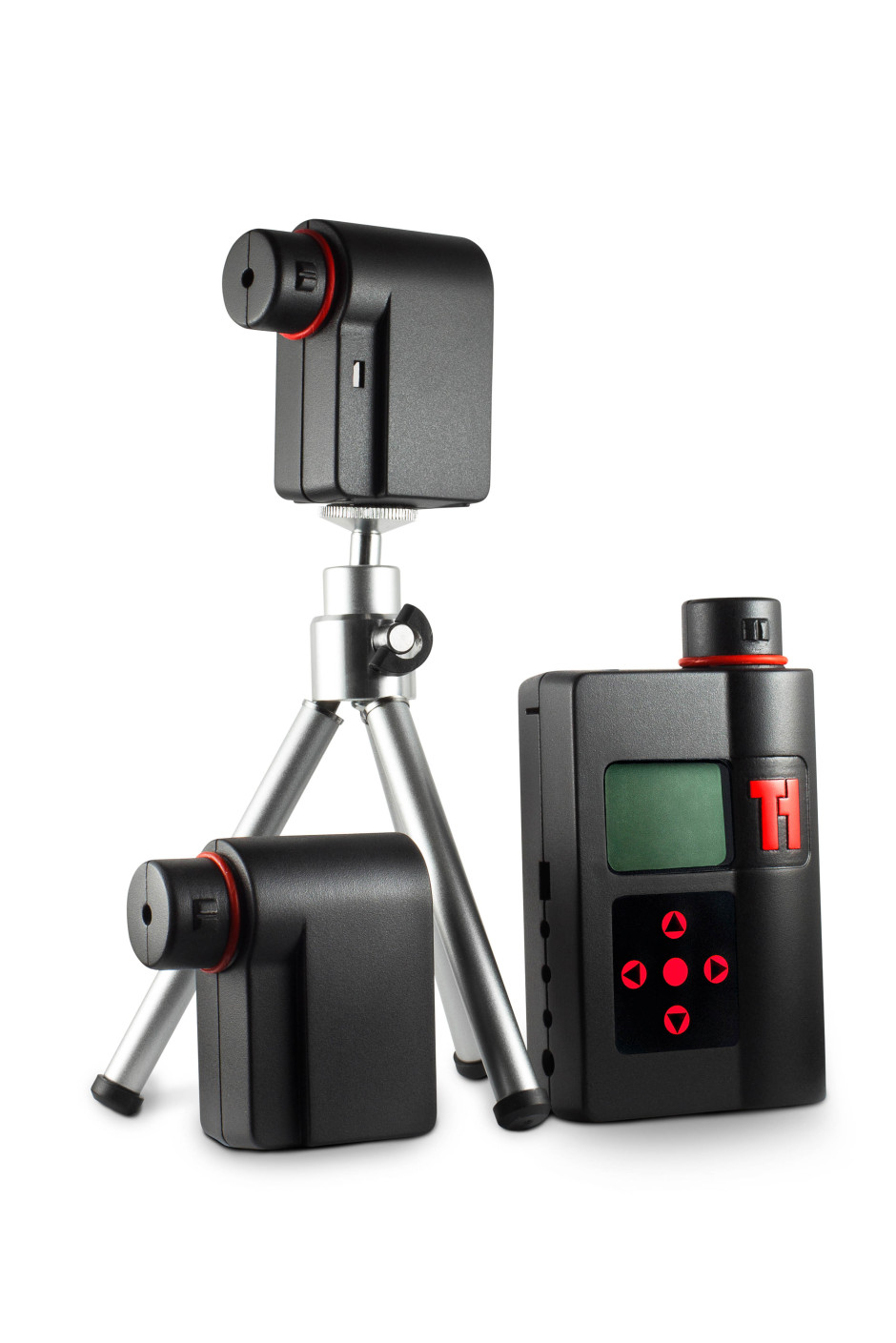Some of the most fun that you can have in the dark with your clothes still on is high-speed photography. Capture balloons going splat and china being smashed with a little help from a flash and some relatively inexpensive kit. For ayone who's looking to have a go, we've compiled a list of the essentials, from kit to subject-matter!
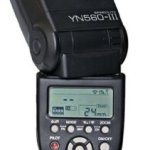
Flash
High speed photography is nothing without flash. For anyone who's intent on capturing popping balloons, smashing plates, and exploding sweeties, they're going to need some manually controlled fire power. However, take one look at the range of external light sources that can be hooked up to a camera and it's enough to leave you running for a darkened cave. TTL, guide numbers, sync speeds, remote triggering: there's a lot to take in.
You can spend a lot or a little on external flashes. The Yongnuo YN560 III sells for about £50 here in the UK or $70 in the US and is compatible with Canon, Nikon, Olympus, and Pentax cameras. There are other third-party makes to consider, for example Phottix, or you could look for a manufacturer-specific flash.
Don't forget to order a stand and mount for the light, too.
A flash adapter
High-speed photography relies on hyper-fast flash to ensure the perfect exposure. For that, it's best to use a specialist flash adapter, which allows you to trigger the flash directly, rather than relying on your camera's triggering mechanism, which can take an eon in high-speed photography terms.
Triggertrap produces a flash adapter, priced £20, to use in conjunction with its mobile dongles, TT v1, and the forthcoming Ada.
Triggertrap
If you decide to use the Triggertrap flash adapter, then you'll need a Triggertrap mobile kit to activate the flash using its sound trigger (or maybe one of its other sensors). Even if you don't go down the Triggertrap flash adapter route, having a Triggertrap to help you fire your camera, whether in blub mode or using one of its sensors, is mighty helpful for high-speed photography.
Triggertrap mobile kits start at £23. Don't forget to download the free app, too.
Tripod
Heavens, we must sound like tripod bores, but a tripod is essential for high-speed photography work. High-speed photography means working in the dark, so look for something that's sturdy, just in case it's accidentally knocked. Have a look at Dave, from 3 Legged Thing.
Balloons
Purveyors of high-speed photography will be in need of high-speed subjects. Pick up some packets of balloons to be used for popping—water-filled or otherwise—and capturing the moment they go bang!
These water balloons are bio-degradable, and coming in a pack of 100, are relatively cheap at $3.99. In the UK, these ones are £1.99.

Crockery
Rootle around at jumble sales and in charity shops for chipped plates, cracked bowls, and ugly mugs that can be smashed with hammers or shattered by bullets without worrying that you're blowing the family's inheritance. You might want to pick up a hammer and a pair of safety goggle, too. Just in case.
A Lindt Chocolate Reindeer
Perfect for smashing, and then you get to eat it.
Gifts for smartphone photographers < < Holiday Shopping with Photocritic > > Gifts for landscape photographers






